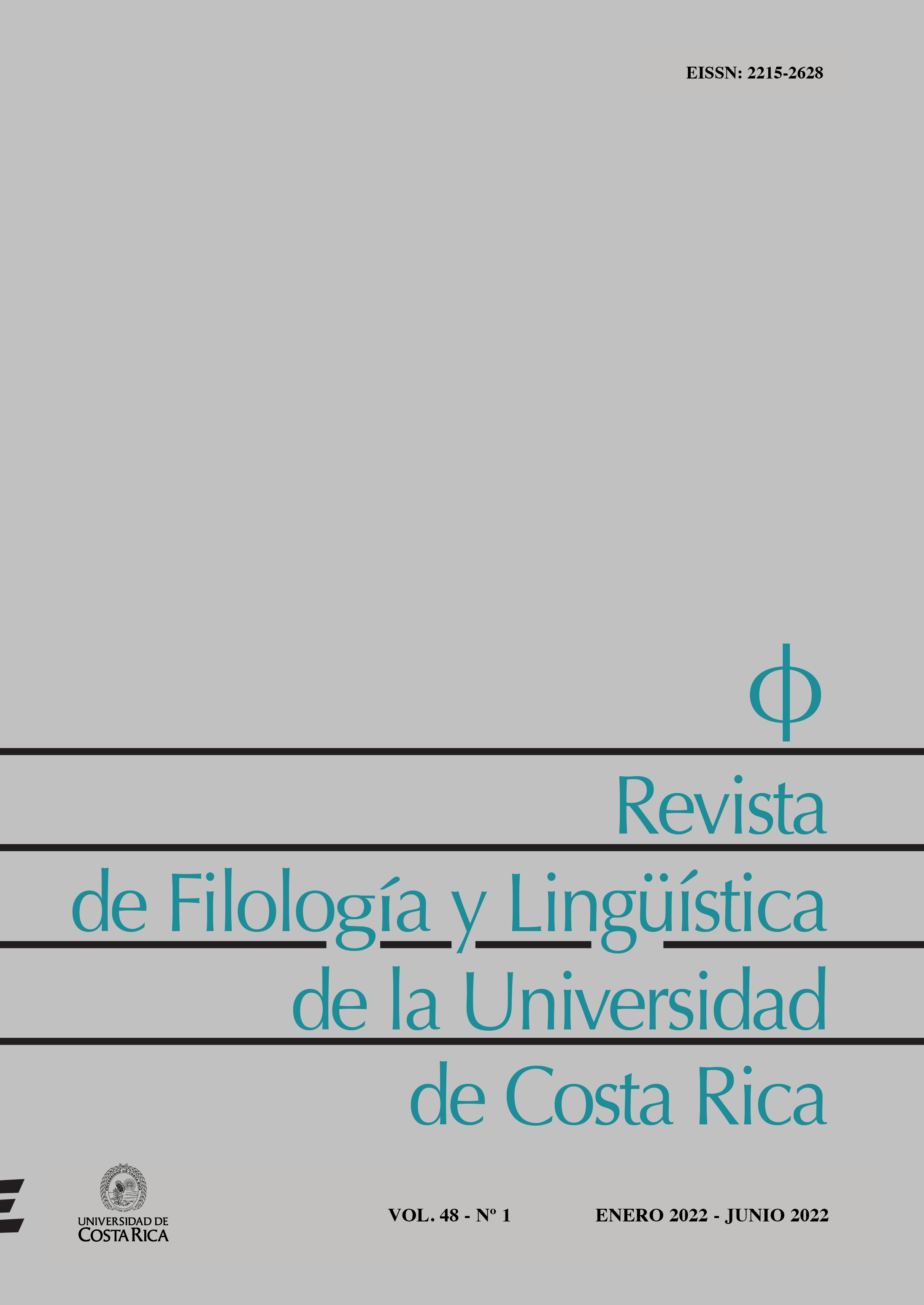Abstract
La tierra empezaba arder (2019) by Cynthia Edul (Argentina, 1979) makes use of the motive of the return to the ancestor’s homeland in multiple ways: as a perspective and echo of the writing, even as the form assumed by the narrative itself. The novel connects the ghostly and unstable condition of the returnee with an urgent question of the present: that of migrants, refugees, victims of systematic terror, the dispossessed. Although the family story is what makes possible to connect the intimate drama and the humanitarian, social and political disaster, writing does not rest on this relationship as something given, but as a product of a work of the gaze, a poetic disposition, and, at the same time, as an explanatory impulse that seeks to make visible causes, that traces historical data and establishes networks. The fold between the familiar and the political is achieved in the narrative from a foreigner position that enables the assembly of a “heterogeneous archive” that makes visible the traces and persistence of the past. The book recovers from the idea of folding a logic that allows the concealment to be redefined as a renewed mode of exposure.
References
Anderson, A. (2001). The Powers of Distance: Cosmopolitanism and the Cultivation of Detachment. New Jersey: Princeton University Press.
Bourdieu, P. (2003). Un arte medio. Ensayo sobre los usos sociales de la fotografía. Barcelona: Editorial Gustavo Gili.
De Certeau, M. (2000). La invención de lo cotidiano: Artes de hacer. México D. F.: Universidad Iberoamericana.
Deleuze, G. (1989). El pliegue. Barcelona: Paidós.
Edul, C. (2019). La tierra empezaba a arder. Buenos Aires: Lumen
Forster, H. (2016). El impulso de archivo. Nimio, (3), 102-125.
Garramuño, F. (2018). La vida impropia. Corpus, 8, (2), 1-6. Recuperado de http://journals.openedition.org/corpusarchivos/2716
Giunta, A. (2009). Extranjería y nuevas pertenencias en las artes visuales. En Garcia Canclini, N. (Comp.), Extranjeros en la Tecnología y en la Cultura (pp. 39-50). Buenos Aires: Fundación Telefónica/Ariel.
Hirsch, M. (2012). The generation of postmemory: writing and visual culture after the Holocaust. New York: Columbia University Press.
Hirsch, M. y Miller, N. K. (Eds.). (2011). Rites of return: diaspora poetics and the politics of memory. New York: Columbia University Press.
Kearney, R. y Semonovitch, K. (Eds.). (2011). Phenomenologies of the stranger: Between hostility and hospitality. New York: Fordham University Press.
Krauss, R. (2002). La escultura en el campo expandido. En Foster, H. (Coord.). La posmodernidad (pp. 59-74). Barcelona: Kairós.
Mendoza, J. J. (2019). Los archivos. Papeles para la nación. Villa María: Eduvim.
Molloy, S. (2015). Dislocación e intemperie: el viaje de vuelta. Caracol, (10), 18-37.
Pratt, G. y Rosner, V. (2006). Introduction: The global & the intimate. Women's Studies Quarterly, 34(1), 3-24.
Russo, S. (2011). Foto, identidad y performance, en Boca de Sapo. Revista de arte, literatura y pensamiento, (11), 38-41.
Simmel, G. (2012). El extranjero. En: AAVV. El extranjero: sociología del extraño (pp. 21-26). Madrid: Ediciones sequitur.


